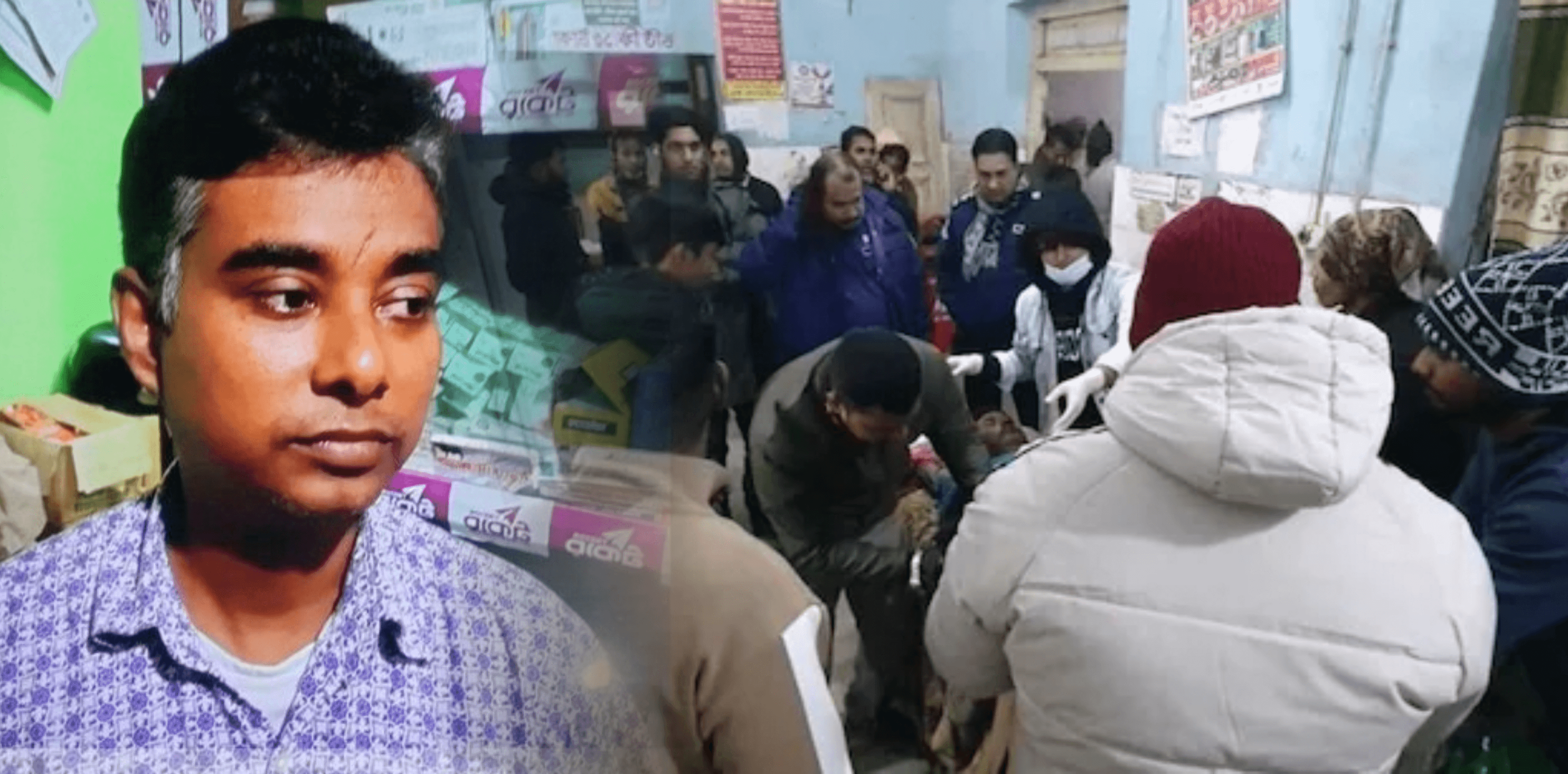Wednesday 7 January 2026

The Hindu minority in Bangladesh has been deeply affected by another brutal act of violence.
05-01-2026

A series of loud explosions shook Caracas, Venezuela, early Saturday morning, plunging neighbourhoods into darkness and panic.
05-01-2026
Lifestyle
31-12-2025
Sports
29-12-2025
Lifestyle
25-12-2025
Festivals
22-12-2025
India
16-12-2025
Google has cautioned its employees on visas in the U.S. against international travel due to significant delays at embassies.
31-12-2025
United States President Donald Trump has suspended the green card lottery program.
19-12-2025
US President Donald Trump imposes travel ban on 7 more countries and Palestinian passport holders.
18-12-2025
Newsletter
Stay up to date with all the latest News that affects you in politics, finance and more.
Prime Minister Narendra Modi inaugurated the new terminal building of Lokpriya Gopinath Bordoloi International Airport in Assam’s Guwahati on Dec 20.
31-12-2025